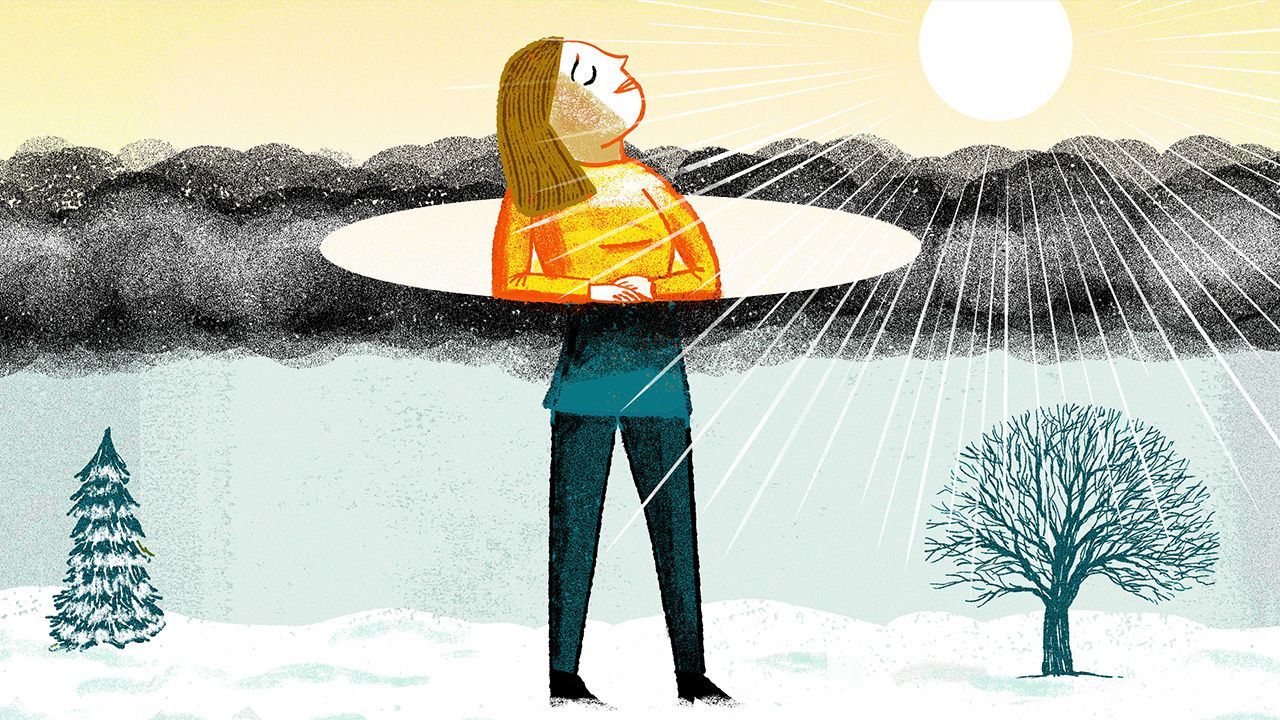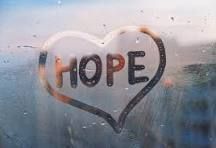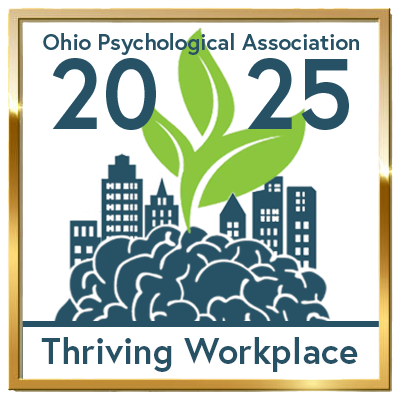
Why is my child acting like this? The tantrums or meltdowns that come from nowhere, being afraid to say no or change plans. Thinking to ourselves
“why can't we just have a good day?” “I know I love my child, why is it so hard?”
Symptoms of SAD
Feeling like you keep talking, saying the same things over and over… then wondering…
Am I speaking a different language? Do they understand me?
The truth is sometimes our children are the ones using a different language, their first language, behavior. From the moment we are born, we use behavior to get our needs met. We cry to get fed, coo and laugh to get reactions and throw our food on the floor to hear the ultimate “uh oh.” As children grow and develop they continue to use this behavior to communicate.
Now, as children grow older, their behaviors do change. We see an increase in unwanted behavior when children feel stressed and uncertain of the world around them. Meltdowns can include hitting, kicking, throwing things, talking back, falling to the floor in a store, screaming and crying. These are all things I have not only been told about but have experienced firsthand. I have many titles including therapist, Early Childhood Consultant, Parenting Specialist and more, but my most prized title is mom. I, myself, have been the parent standing in Target watching my child fall to the ground kicking, screaming, crying… a complete MELTDOWN. Being forced to pick her up and place her in the cart and continue my shopping. Pushing my screaming three- year-old in the cart, a one-year-old on my hip and a five-year-old walking next to me; feeling overwhelmed and embarrassed seeing all the eyes of other shoppers staring at me. As if that wasn’t enough, then having a bold soul, a stranger says, “you should really take them home, they're the worst children I’ve ever seen and they are ruining my shopping experience.” Ouch! Walking away with tears in my eyes; questioning my ability to parent did not only get me on a personal level, it hurt on a professional level, because I knew I was doing everything I would have told another parent to do. The reality is, parenting is hard.
THIS BRINGS US TO THE WHY – WHY DO CHILDREN BEHAVE LIKE THIS?
Three of the most common functions of these behaviors are: needing more skills to know how to better handle a situation; seeking attention and connection with another person; and avoidance of an unwanted task or situation. This is the moment we become the translator. Learning to translate a child’s behavior into figuring out what they’re trying to tell you is going on or what they need. Asking ourselves, “what are they trying to tell me?” We, as parents, need to have a sense of understanding of what they may be feeling in the moment and doing our best to show empathy for the child sized problem.
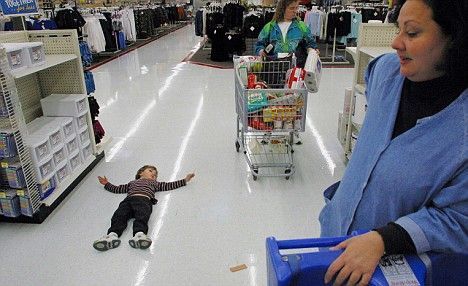
When children, and even ourselves, feel stressed, we are more challenged to keep our reactions under control. The stress or risk factors children are facing intensify these meltdowns or unwanted behaviors. Stress for children is similar to that of adults; however, children do not have the skills or experience of knowing how to handle it.
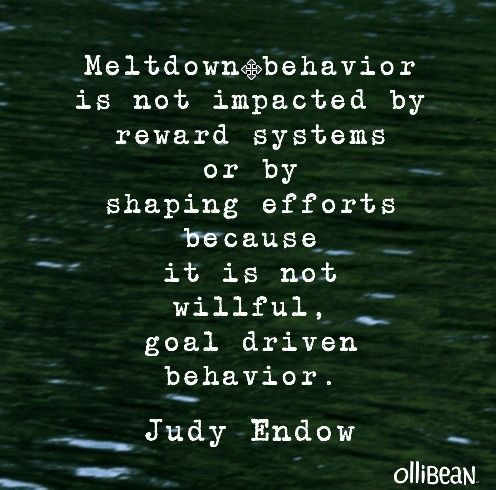
Some Common Stressors:
- Health challenges
- Sensory overload
- Taking medication/side effects
- Tired and/or difficulty with sleep
- Hungry and/or poor diet
- Lack of speech
- Change in routine
- Grief/loss/separation from a caregiver
- Divorce
- Fighting at home
- Blended families
- Military deployment
- New sibling and many more.
Again, behavior is a child’s way of expressing themselves and communicating. The challenge for children is that they don’t cognitively know what they need in those moments. They know something isn’t right; feeling off; and need someone to help them fix it with understanding and compassion. Their behavior is truly our children saying, “help me.”
My child, melting down in the middle of Target, was trying to tell me many things; she was tired, hungry and just done (me too!). She didn’t have the skills at three to be able to talk to me about how she was feeling or the skills to regulate her emotions. Remaining calm and coaching her through these big emotions is what all of our children need when they are having those tantrums and meltdowns, telling you “help me.”

Unwanted behaviors are common and typical throughout childhood. When these behaviors occur in excess and challenge you and/or your child’s ability to function within the world on a regular basis, you may benefit from a consultation with a specialist.
For more information on Child and Adolescent Behavioral Health's Early Childhood and Prevention programming, please call 330-433-6075.
*The second post in this four-part series will be on Feelings.
RECENT POSTS



